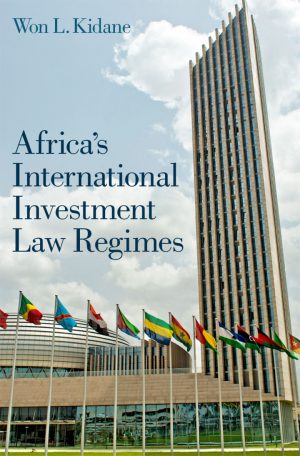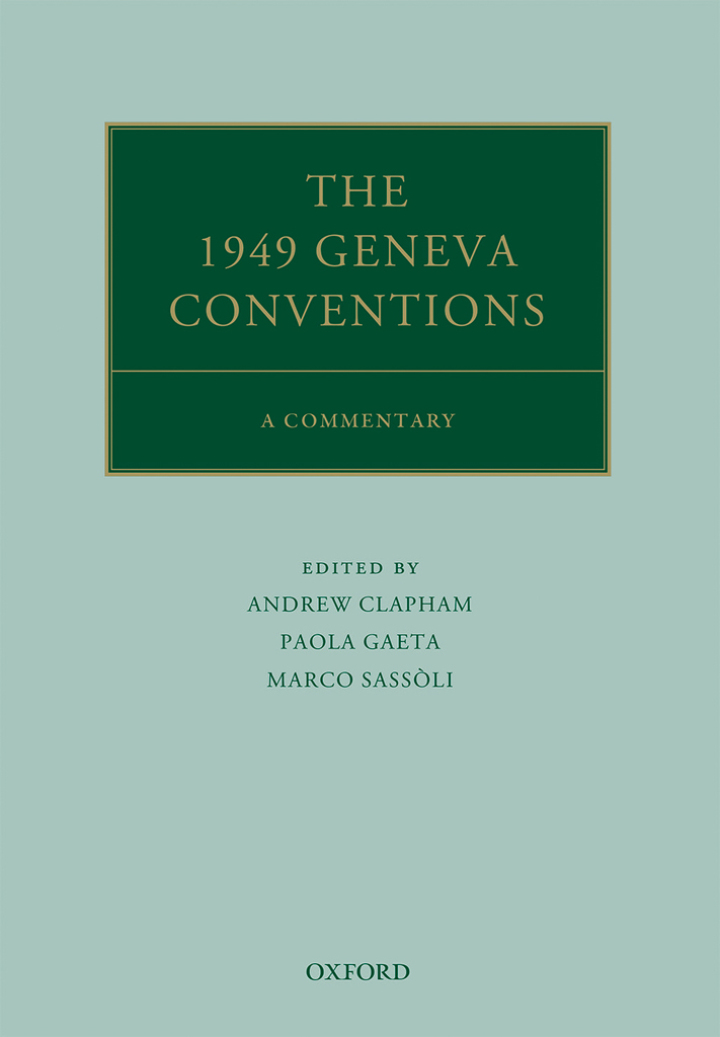The 1949 Geneva Conventions 1st Edition A Commentary
$35.75
Attention: This is just ebook, Access Codes or any other Supplements excluded! / File Delivery: Sent Via Email within 24 hours!
SKU: 084f776af9f8
Category: Law Textbooks
Description
-
Author(s)Andrew Clapham; Paola Gaeta; Marco Sassòli
-
PublisherOUP Oxford
-
FormatPDF
-
Print ISBN
9780198825678, 0198825676 -
eText ISBN
9780198825678, 0198825676 -
Edition1st
-
Copyright
- Details
The four Geneva Conventions, adopted in 1949, remain the fundamental basis of contemporary international humanitarian law. They protect the wounded and sick on the battlefield, those wounded, sick or shipwrecked at sea, prisoners of war, and civilians in time of war. However, since they were adopted warfare has changed considerably. In this groundbreaking commentary over sixty international law experts investigate the application of the Geneva Conventions and explain how they should be interpreted today. It places the Conventions in the light of the developing obligations imposed by international law on states, armed groups, and individuals, most notably through international human rights law and international criminal law. The context in which the Conventions are to be applied and interpreted has changed considerably since they were first written. The borderline between international and non-international armed conflicts is not as clear-cut as was once thought, and is complicated further by the use of armed force mandated by the United Nations and the complex mixed and transnational nature of certain non-international armed conflicts. The influence of other developing branches of international law, such as human rights law and refugee law has been considerable. The development of international criminal law has breathed new life into multiple provisions of the Geneva Conventions. This commentary adopts a thematic approach to provide detailed analysis of each key issue dealt with by the Conventions, taking into account both judicial decisions and state practice. Cross-cutting chapters on issues such as transnational conflicts and the geographical scope of the Conventions also give readers a full understanding of the meaning of the Geneva Conventions in their contemporary context. Prepared under the auspices of the Geneva Academy of International Humanitarian Law and Human Rights, this commentary on four of the most important treaties in international law is unmissable for anyone working in or studying situations of armed conflicts.
Related products
-

Antimonopoly and American Democracy 1st Edition
Rated 0 out of 5$7.80 Add to cart -

Africa’s International Investment Law Regimes 1st Edition
Rated 0 out of 5$61.75 Add to cart -

Challenging Acts of International Organizations Before National Courts 1st Edition
Rated 0 out of 5$43.88 Add to cart -

Business and Investment in Brazil Law and Practice
Rated 0 out of 5$66.62 Add to cart

